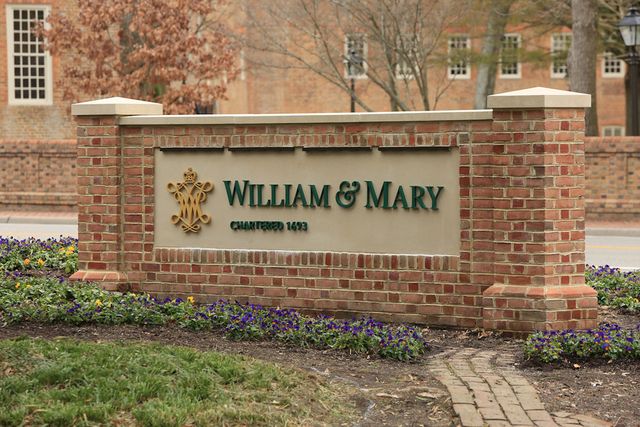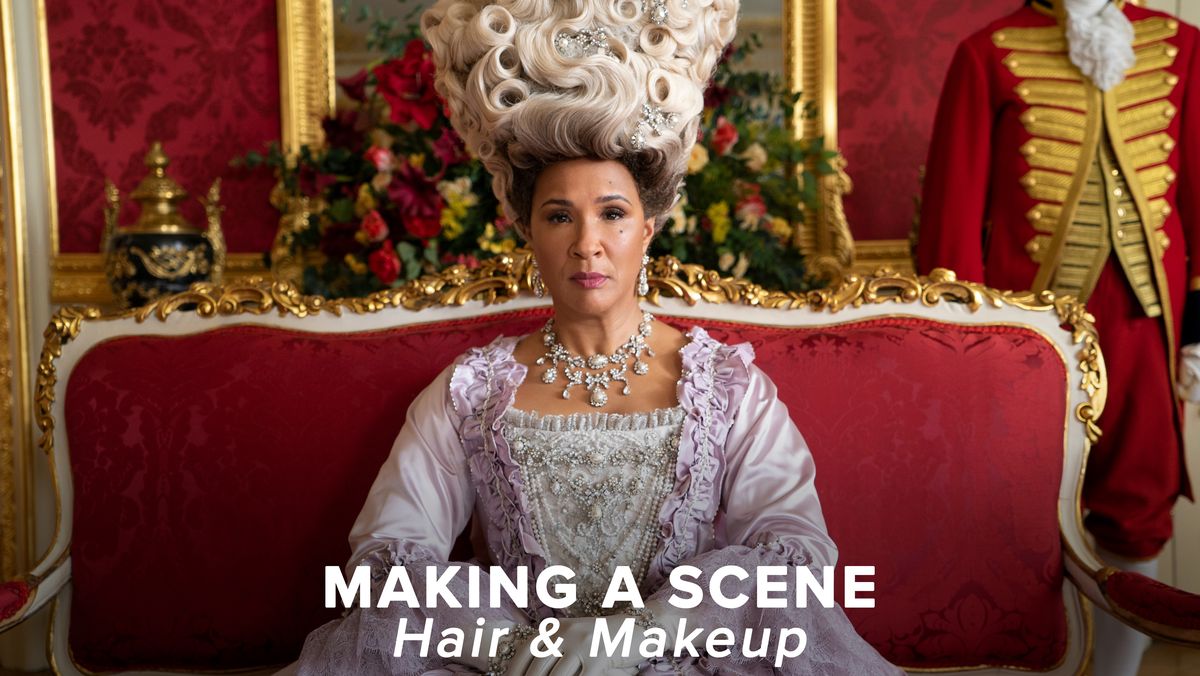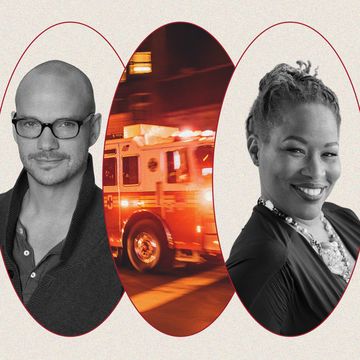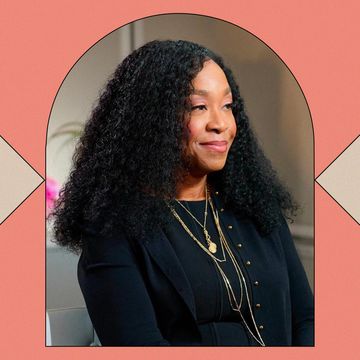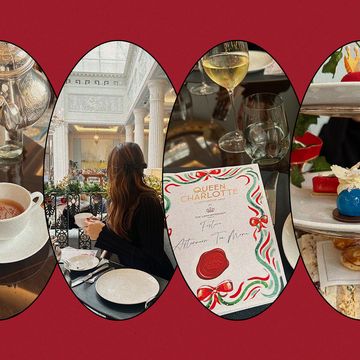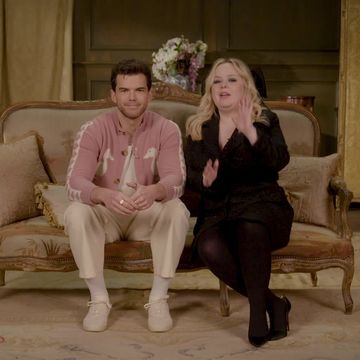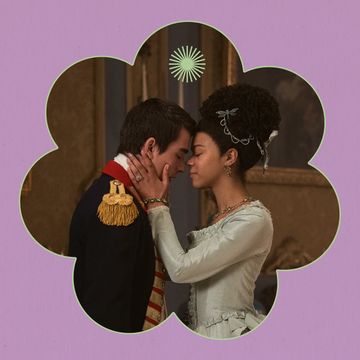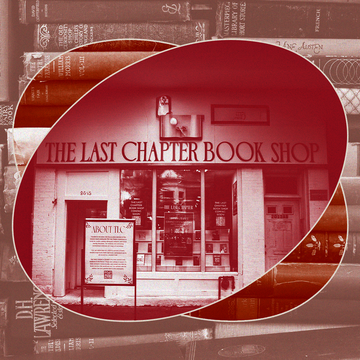Like many colleges and universities across the country, William & Mary is grappling with the dominant narrative of its history and the often untold story of black people on and around its campus. Chartered in 1693, black people have always been a part of the campus landscape. Acknowledging this truth is uncomfortable for many at the university because it means recognizing that slavery happened on the grounds we inhabit every day. In spite of the discomfort, black women at William & Mary are helping to retell our institution’s history by centering the very people that were once erased.
A large portion of this work is done by The Lemon Project. Led by Dr. Jody Allen, a professor of History at William & Mary, the Lemon Project aims to reconcile the history of black people at the institution, and in the greater Tidewater area, from slavery to Jim Crow and beyond. Unlike many reconciliation projects, The Lemon Project — named for an enslaved man once owned by the institution — operates in a three pronged approach: They produce research on enslaved people at the college, facilitate community engagement, and encourage student involvement. This approach, Allen believes, helps humanize the project and gets the information to those it would positively impact.
Allen and her small team — comprised of an administrative assistant, post doctoral fellow and two graduate assistants — have made waves on campus. They organize Lemon’s Legacy Porch Talks, informal conversations around curated topics related to slavery and its legacies; orchestrate the annual Lemon Project Symposium, which boasts high attendance from community members, students and academics alike; and get students involved with the Branch Out Trip, a three day intensive workshop in which students produce digital, public history projects. This trip was how I came to the Lemon Project during my first year of graduate school.
During my second and third years of graduate school, I served as the graduate assistant for the Lemon Project. I gave talks about the mission of the project, created syllabi for the Branch Out Trip, and organized Porch Talks on how to care for yourself in troubling times and student activism. I did archival research on whom among the early faculty and rectors owned enslaved people, I helped see the annual symposium into fruition and ran the group's social media accounts. In the process, I learned that the past and present are inextricably linked, and the story is always more complicated than what one is told.
Though Allen’s work in many ways is centered around piecing together what can be found about the lives of enslaved people at William & Mary, she is also interested in the legacies of slavery, including Jim Crow segregation and the slow integration of the university. In 2017, Dr. Jacquelyn McLendon, professor emeritus of English, was asked to chair the year-long, university-wide commemoration of the 50 year anniversary of William & Mary admitting its first three residential African American students.
Though black students like Hulon Willis, Oscar Blayton and Miriam Johnson Carter had previously been admitted as graduate and day students in the 1950s, Janet Brown Strafer, Karen Ely and Lynn Briley — affectionately known on campus as the Legacy 3 — became the first black students to reside on campus in 1967 — in the basement of Jefferson Hall. Under McLendon’s care, the commemoration, which included a plaque dedication on the Wren Building, the oldest-standing academic building in the nation, resulted in a book detailing the lives and experiences of African Americans at the university, Building On The Legacy.
The work of rewriting the narrative involving slavery and enslaved people has been both a local and a national enterprise. Nikole Hannah-Jones was responsible for producing The New York Times’ 1619 Project, which reexamines the history of slavery. In America’s “Historic Triangle,” those who are responsible for telling the story of our nation’s inception are also concerned with getting the story right. Chardé Reid, a Ph.D. student in anthropology at William & Mary, works with Jamestown’s “Angela Site,” as a First African fellow. Part archaeological work, part historical research, Reid’s work involves learning from and with descendants of the first Africans, including one woman named Angela (or Angelo), that were brought to Virginia’s coast line.
“The involvement of community members is helping archaeologists tell a fuller and more impactful story about Jamestown's past,” says Reid. “The community's questions and feedback help Historic Jamestown to transform a site that is often seen as "white" into a more inclusive site that reflects American history in a spirit of restorative justice and shared understanding. Engaging descendants [is] an essential part of this process.”
William & Mary’s history is long and the narrative surrounding it is complicated, often misleading, and full of errors and erasures. Some work to retell the history is from inside the institution; others, like Valerie Gray Holmes, a local playwright and interpreter, use art to re-code the dominant script. And while we acknowledge the complex history of black people on this land, we can't forget that William & Mary also has had a contentious relationship with Native communities as well. In the same breath which we mention Nottoway Quarter, the plantation the institution owned, we must remember the Brafferton, William & Mary’s Indian School. Dr. Danielle Moretti-Langholtz, another woman professor of anthropology, is responsible for much of the research done around the Brafferton.
For a school attempting to rewrite its history, one thing is abundantly clear: women, specifically black women, have led the charge to move toward the truth at William & Mary. Knowing that black women have been behind these movements feels empowering.
“I feel elated and, more important, empowered that we are getting to tell our own stories about a place that I've been a part of for over 25 years and that our stories are being woven into the national fabric," says Dr. McLendon. Allen also agrees that being a part of this moment is empowering, but encourages us to think critically about the toll this takes on those who are expected to do this work. “If we’re [black women and people of color] are the only people telling the story, we’re going to be worn out — that’s very easy to happen to African Americans and people of color when they are expected to be all things to all people.” She cautions us that everyone needs to tell these stories, not just people of color.
Nevertheless, thanks to the efforts of women like Allen, William & Mary will soon be home to a memorial to enslaved people. Thanks to the work of Allen, McLendon and Reid, we will have answers for the students who come asking about their people’s history at America’s second oldest institution.
Ravynn K. Stringfield is a Ph.D. candidate in American Studies at William & Mary. In addition to her dissertation research, which centers black women and girls in new media narratives that are fantastic, futuristic and digital in nature, she has also served as the graduate assistant for the Lemon Project: A Journey of Reconciliation. Follow her on Twitter @RavynnKaMia.
Get Shondaland directly in your inbox: SUBSCRIBE TODAY
